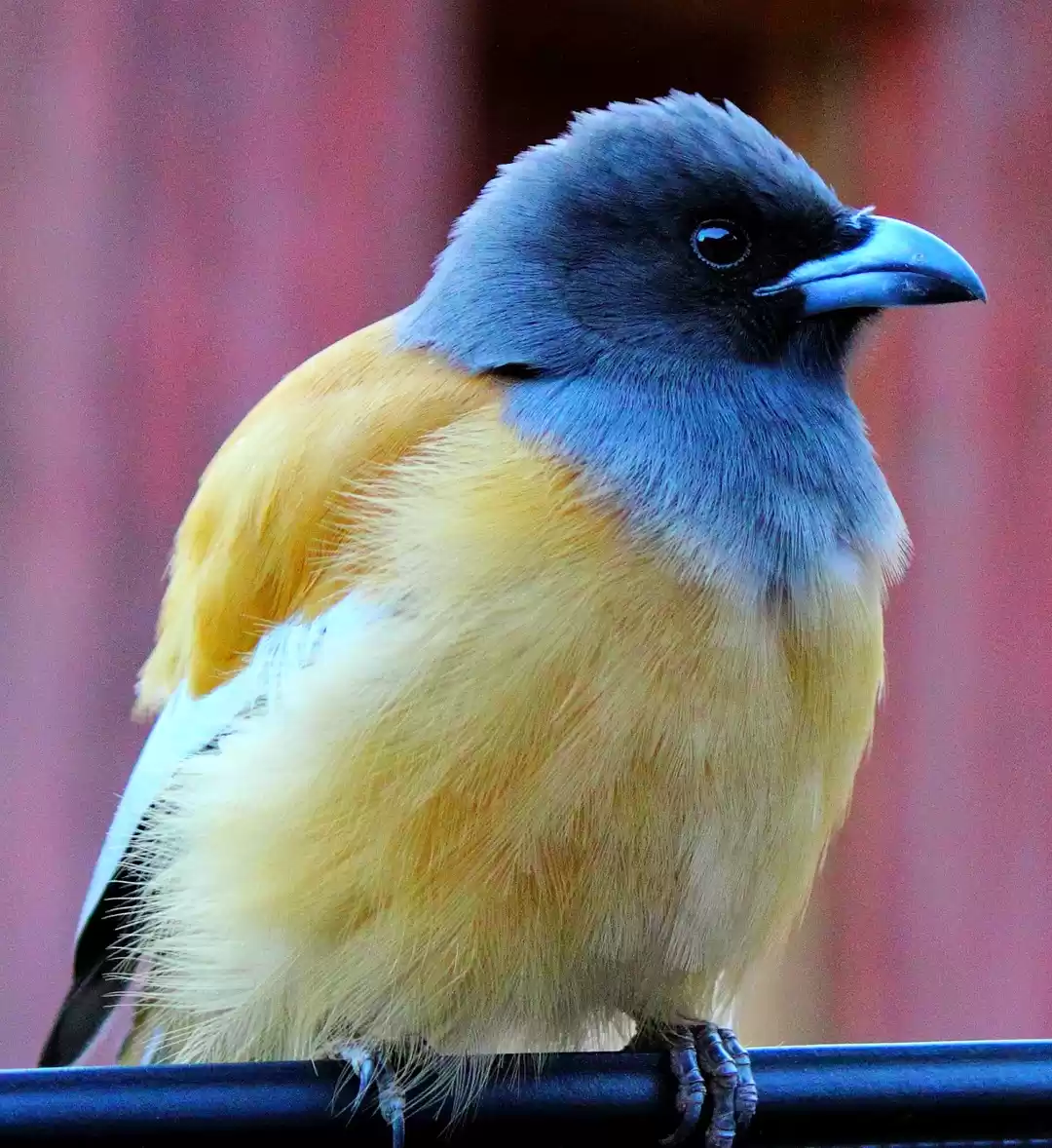
It is one of the largest and the most popular national parks in the Northern India, in Rajasthan.
The "tiger friendly land" proudly preserves the most recognized tigers in India . It is the only land in India where plenty of mother and cub tiger groups can be easily found.
History of Ranthambore
1955- The reserve was earlier being established as the Sawai Madhopur Gaming Sanctuary by the Government of India.
1973- Later it was declared as one of the Project Tiger Reserves in India.
1980- Ranthambore became a national park.
1984- The adjacent forests were declared as Sawai Mansingh Sanctuary and Keladevi Sanctuary.
1991- The tiger reserve was enlarged to include Sawai Mansingh and Kaladevi Sanctuaries.
Wildlife
Apart from tigers, the major wild animals include leopard, nilgai, wild boar, sambar, hyena, sloth bear and chital. It is also home to wide variety of trees, plants, birds and reptiles. The reserve also has the thriving bird population of with more than 270 different species of birds.
Ranthambore tigers are world famous with their local pet names including the most famous tigers like Machali (T-16), Dollar (T-25), Sitara (T-28), Bina One, Bina Two and many more like them.
Ranthambore is an ideal home to
40 species of mammals
320 species of birds
40 Species of Reptiles
02 amphibian species
50 species of Butterflies
300 species of plants
Forest details (Fauna) of Ranthambore
The park is the dry deciduous forest type that makes the tiger sighting more common. The dry deciduous forests were once a part of the magnificent jungles of the Central India. The Ranthambore Park is being located at the edge of a plateau and is bounded to the North by the Banas River and to the south by the Chambal River. The park is also being satiated with the historic Ranthambore fortress where several lakes can also be found. Ranthambore is also the site for one of the largest banyan trees in India.
Safaris
To enjoy great safaris in Ranthambore through elephant, jeep or canter; the tourists must be acquainted with its perfect timings so they would get the maximum leverage of safari fun completely. For the information, safari in Ranthambore can be experienced through different accessible zones and the timings for it vary in summers and in winters. Check out the table below:
S.No. Month Morning Trip Evening Trip
1 1st October to 31st October 7.00 A.M. to 10.30 A.M. 2.30 P.M. to 6.00 P.M.
2 1st November to 31st January 7.00 A.M. to 10.30 A.M 2.00 P.M. to 5.30 P.M.
3 1st February to 31st March 6.30 A.M. to 10.30 A.M 2.30 P.M. to 6.00 P.M.
4 1st April to 15th May 6.00 A.M. to 9.30 A.M 3.00 P.M. to 6.30 P.M.
Travel Information
For a perfect reason and season of November to March the tourist/ tiger lovers can make their tiger trip in Ranthambore more successful and is closed during monsoon in the months of July to August.
By Air : Jaipur being the nearest airport to reach Ranthambore is simply at 180 kms of distance from the reserve area.
By Rail : Ranthambore National Park is around 11 km away from Sawai Madhopur railway station that lies on the Delhi to Mumbai trunk route.
By Road : Ranthambore is the area which is directly connected to many road links with a good network of buses to reach at Sawai Madhopur. Though the frequency of bus services is not great but and is best advisable to hire a car or taxi to reach at Sawai Madhopur. The Kota-Ranthambore mega highway is simply 1.5 kms away from the location.
Hotels
For a perfect tiger tour in Ranthambore, some relaxing amount of time to devote is really needed. As it is not a matter of one day to explore all the tigers in the area. This is the reason; the tourists should make some comfy arrangements for accommodation at Ranthambore hotels and resorts. Depending upon their days to be spent here and the demand of their comforts, the area is skill fully being casted with great accommodative options. Although government lodges are available in the region but for a luxurious and urban stay amidst the natural environment there are other beautiful options of hotels and resorts in Ranthambore.




























